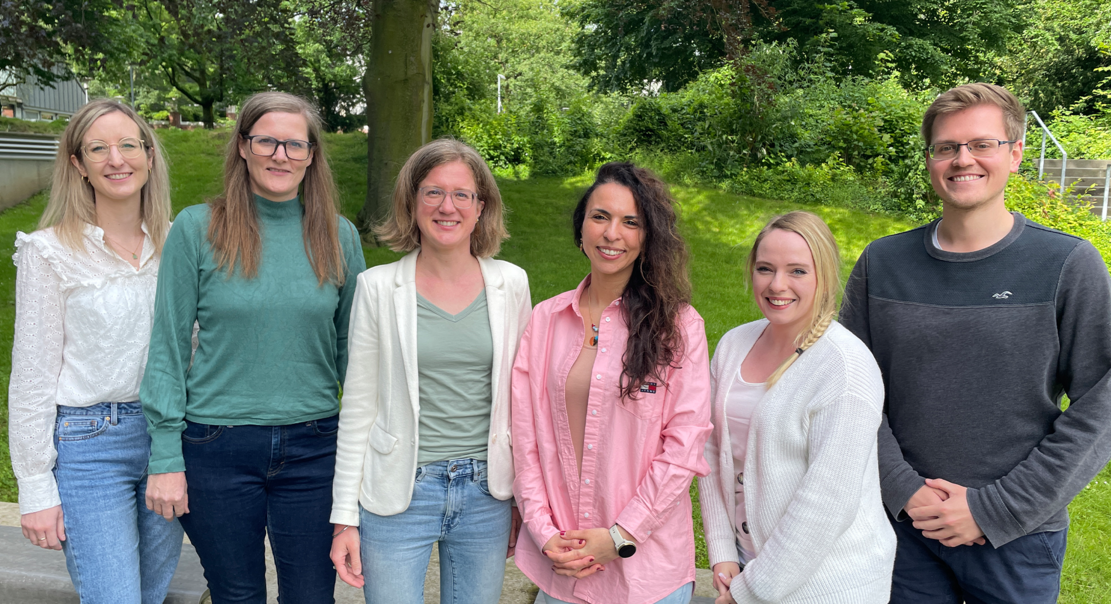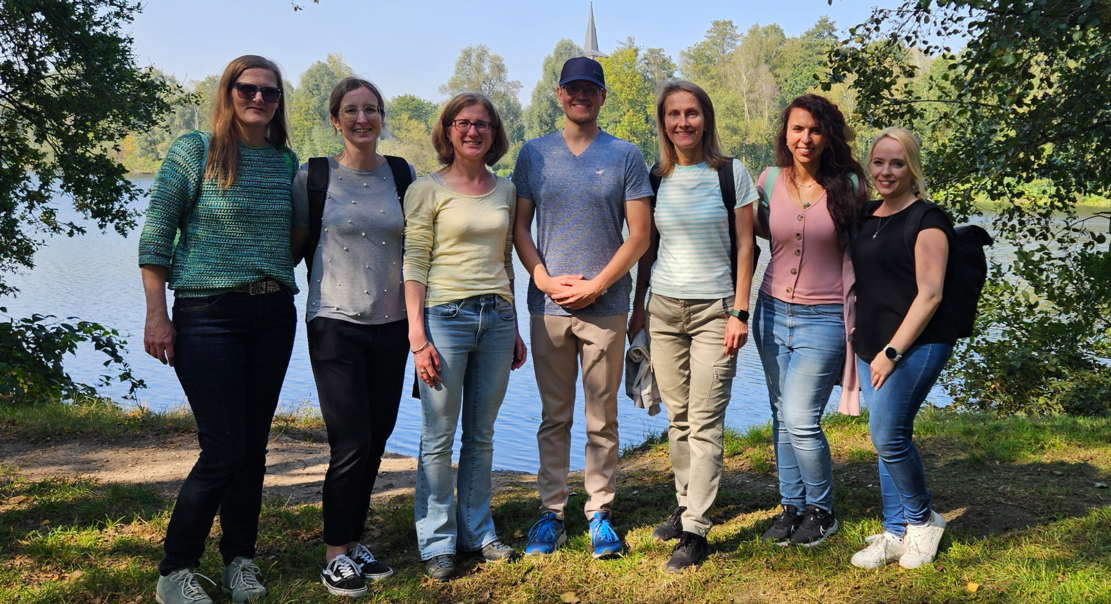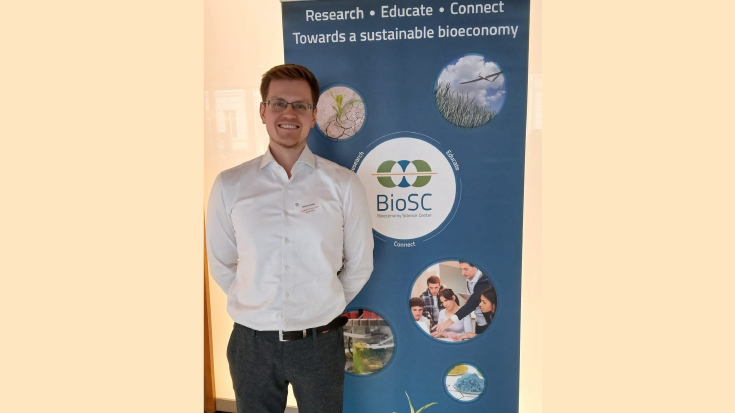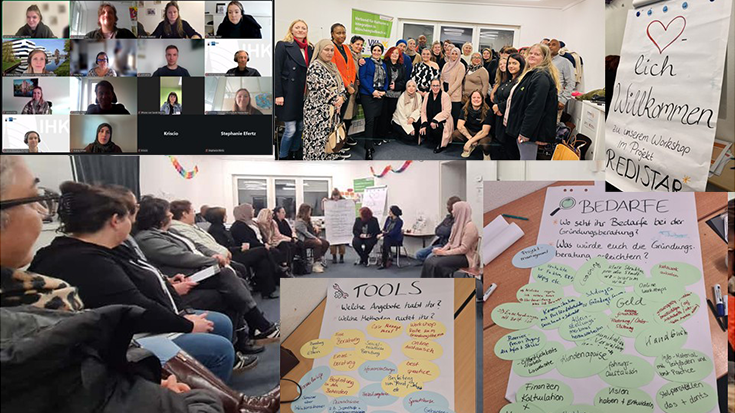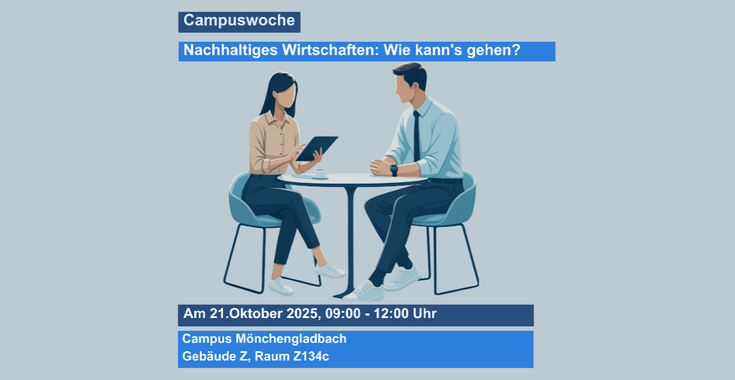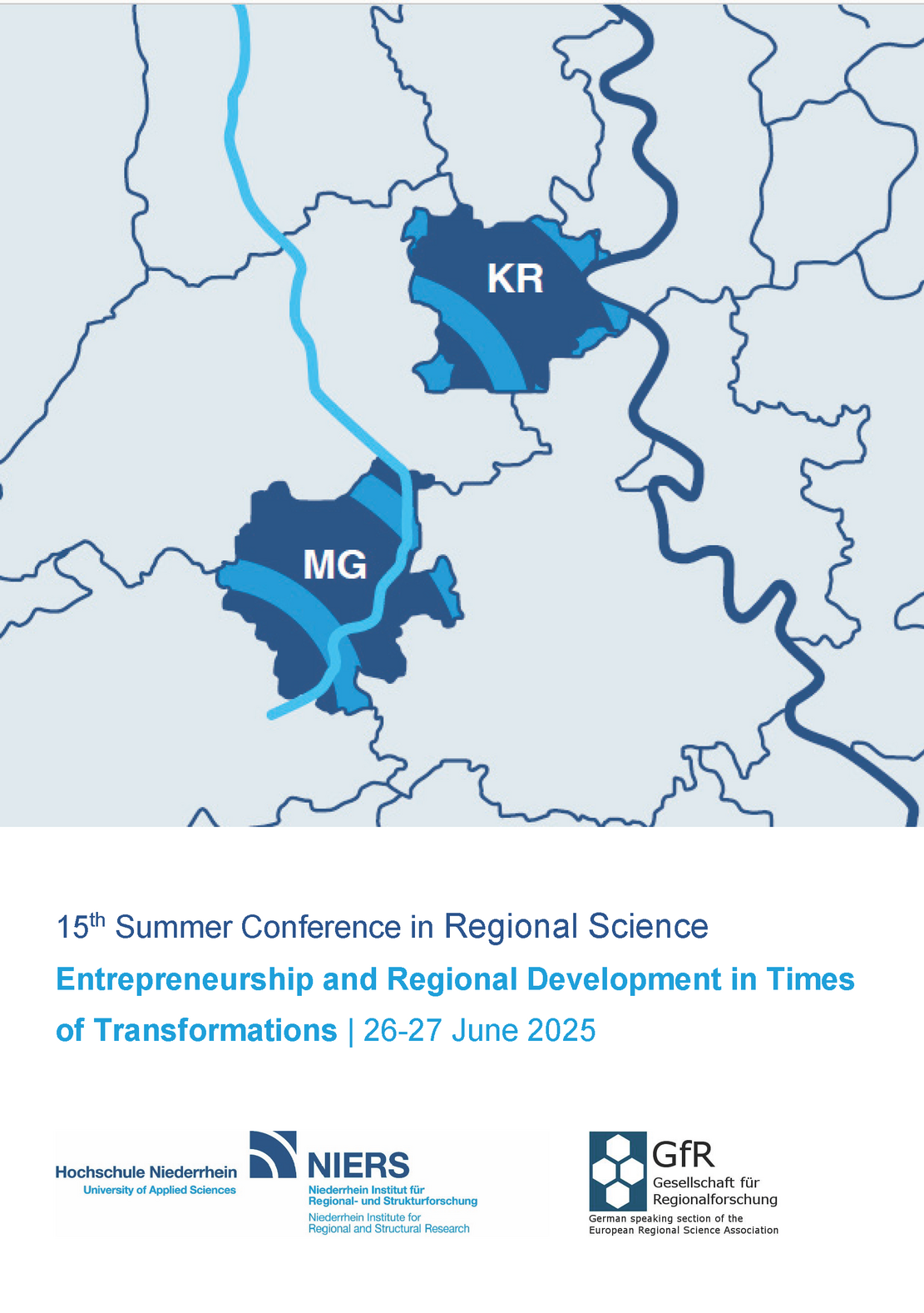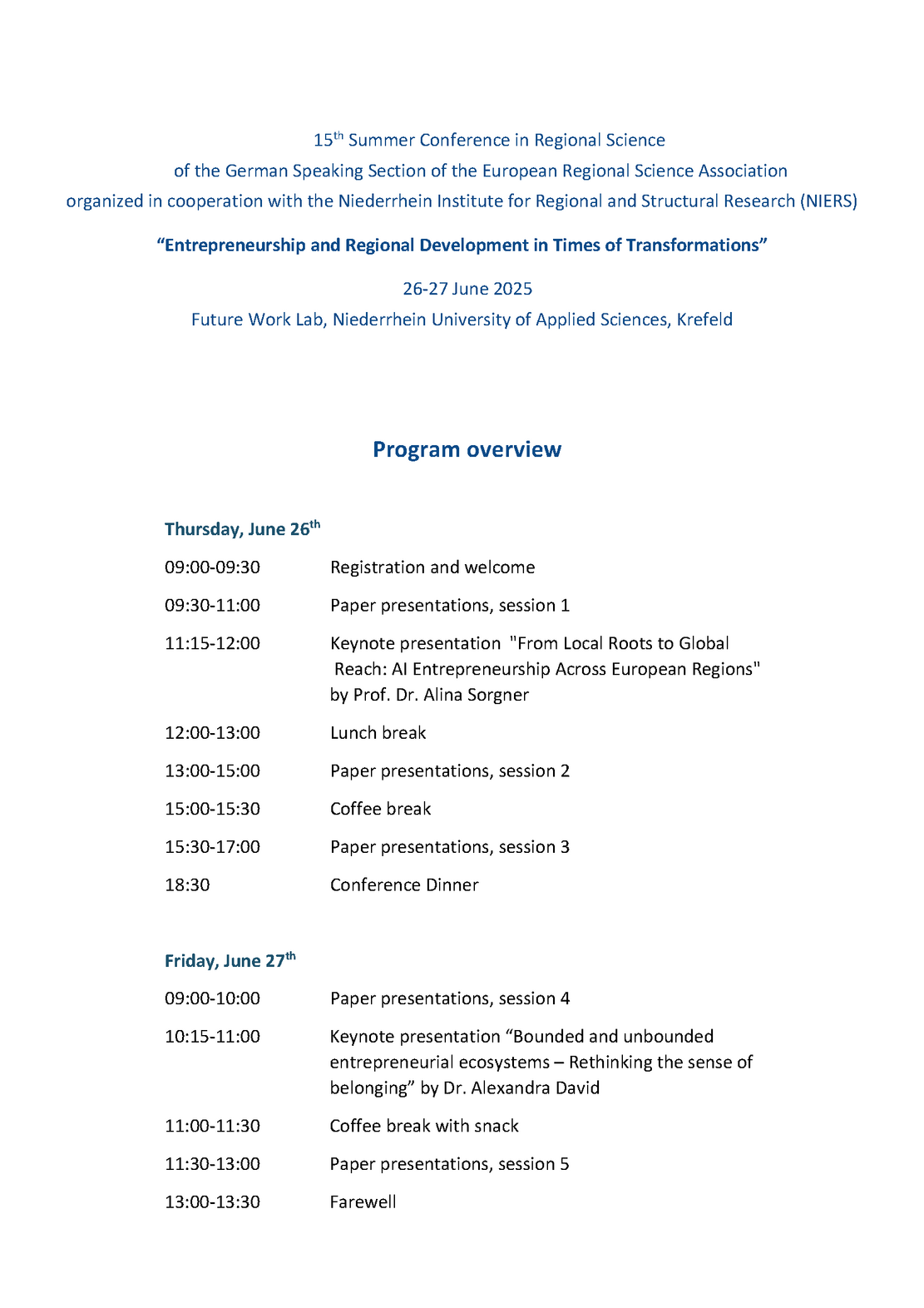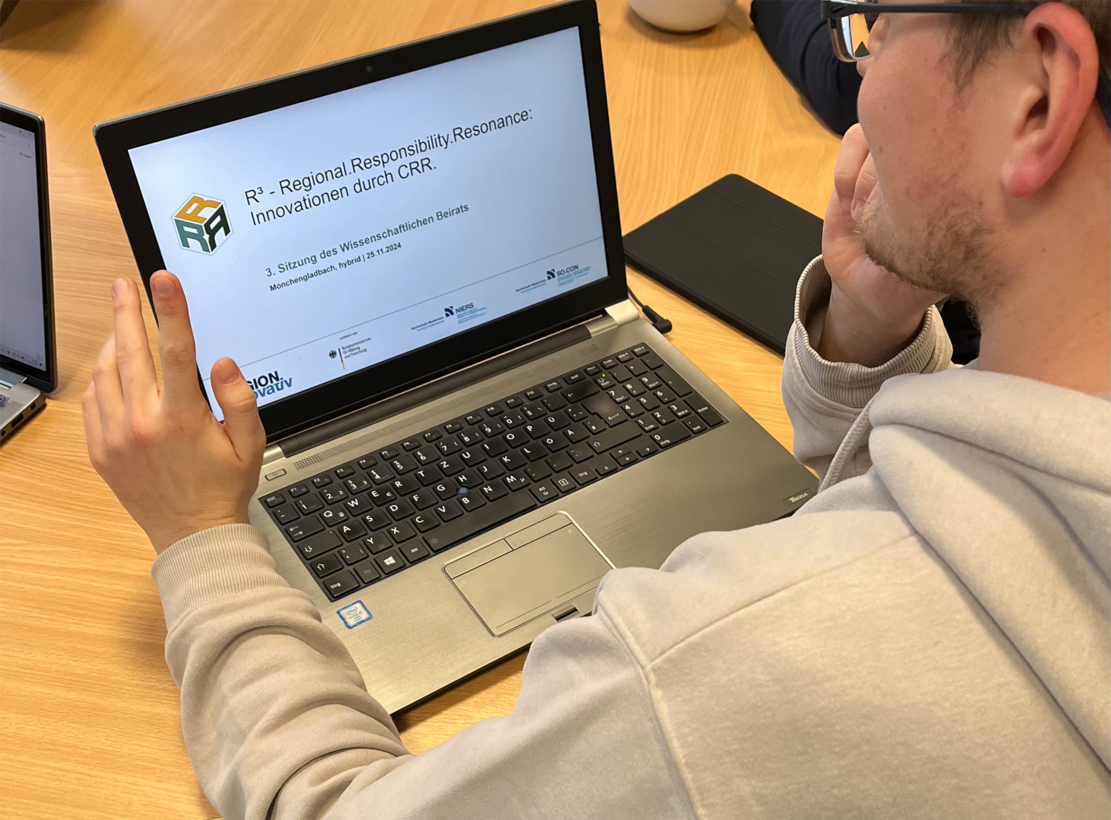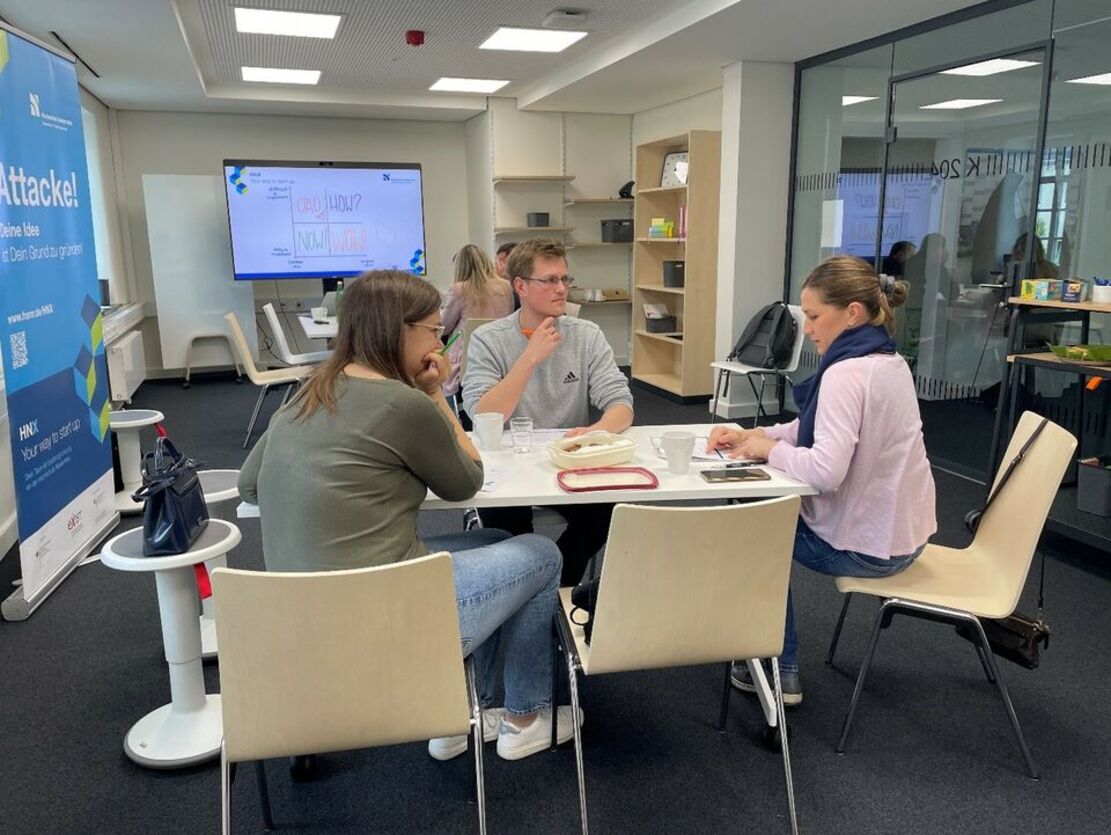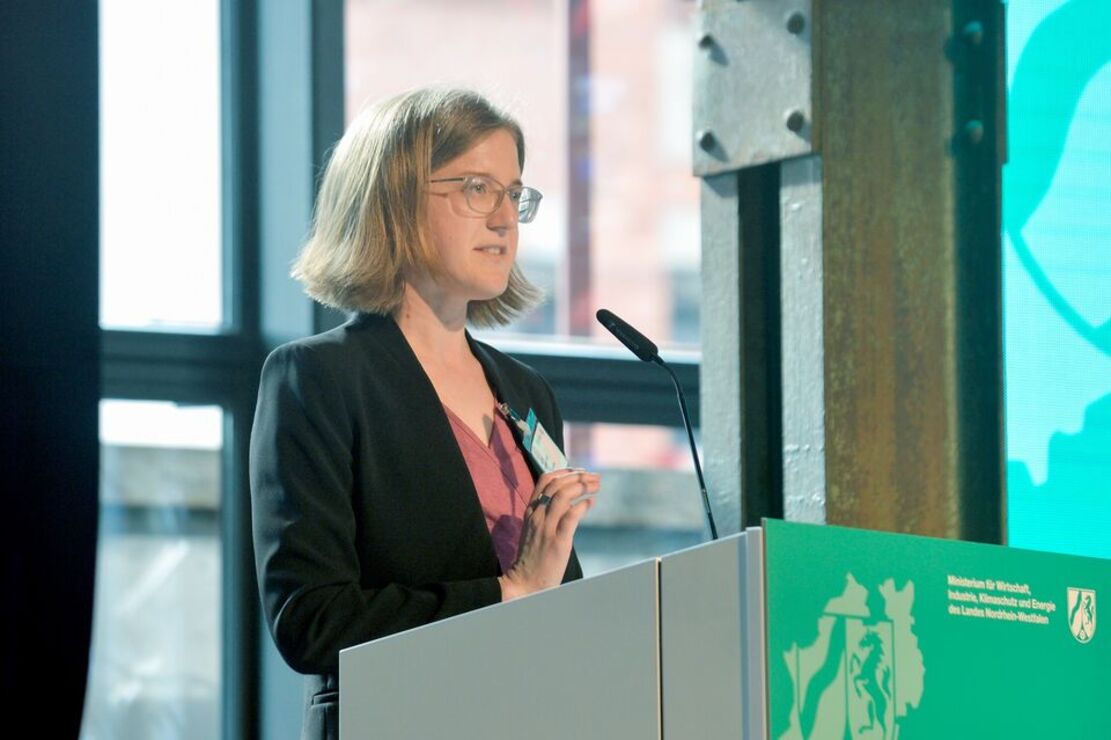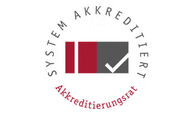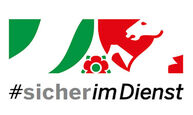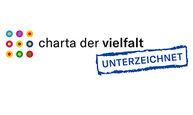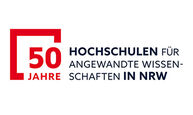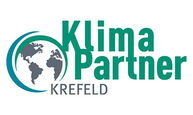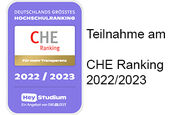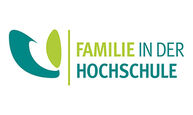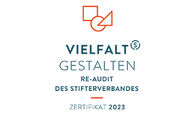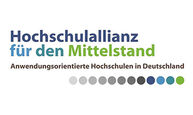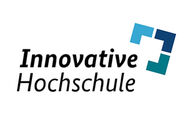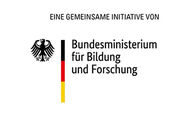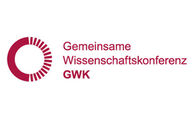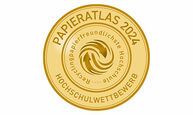Migration movements of graduates from The Hochschule Niederrhein and their determinants
Commissioned by: The Hochschule Niederrhein/NIERS
Project management: Prof Dr Angelika Krehl
Editing: Christina Masch
Brief presentation of the project
"euregio campus - Limburg/Lower Rhine - INTERREG V A"
Commissioned by: ERDF, MWIDE NRW, Provincie Limburg
Project management: Prof. Dr Angelika Krehl
Editing: Christina Masch, Lilia Gutenberg
Brief presentation of the project
Website of the "euregio campus" campaign
"BIWAQ IV - Krefeld Süd: Colourful, innovative, together in the neighbourhood"
Commissioned by: City of Krefeld
Project management: Prof Dr Angelika Krehl, Dr Ann-Marie Krewer
Editing: Prof Dr Rüdiger Hamm, Saskia Griffig, Dr Markus Kelle, Fabian Mertens, Philip Zimmermann
Brief presentation of the project
"BIWAQ IV - Social, Local, Digital: Südstadt 2.0, sub-project: Südstadthandel 2.0 Strengthening local strengths, initiating new ideas"
Client: City of Viersen
Project management: Prof. Dr Angelika Krehl, Dr Ann-Marie Krewer
Editing: Denise Dörning, Philip Zimmermann
Brief presentation of the project
"The phase-out of lignite, resulting adaptation requirements and opportunities for sustainable specialisation in the Rhineland Innovation Region (IRR)"
Commissioned by: The Hochschule Niederrhein
Project management: Prof. Dr Rüdiger Hamm
Editing: Anna Bogedain, Steffen Büssers, Christiane Trappmann
Brief presentation of the project
"Analysing the image of the euregio rhine-meuse-north and its largest cities using the associative brand network method"
Commissioned by: The Hochschule Niederrhein
Project management: Prof. Dr Rüdiger Hamm
Editing: Christina Masch, Steffen Büssers
Brief presentation of the project


